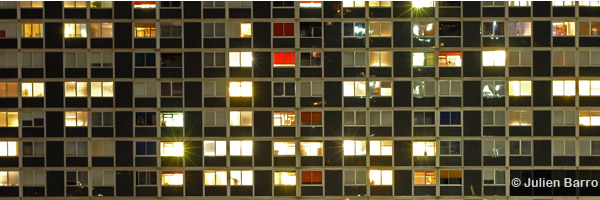
Research on “City, habitat and collective action” proposes systematically questioning the way planning and urban development relate to ways of living on a daily basis and “make” society. – See research –
Today’s cities are faced with the difficult task of managing growing heterogeneity linked to both the acceleration of flows of individuals and objects and the diversification and individualization of lifestyles. Faced with these developments, existing forms of coexistence and of support for vulnerable populations – invented in the modern city – are losing steam, giving rise to new forms of suffering and injustice. The challenge for urban development is that of creating an “inclusive city,” one capable of overcoming exclusion and segregation processes to make room for different lifestyles. These challenges are not only social; they also concern the substance, form and layout of cities, which is why it is essential to create a dialogue between the social sciences and different urban professions (architecture, urban planning, engineering, even policing and social work).
In order to create this dialogue and confront these intellectual and practical challenges, we have chosen habitat as our entry point. By habitat we mean more than just housing. Mobility and changes in lifestyle oblige us to rethink the social and spatial organization of our places of living and sociability. The concept of habitat therefore invites us to expand our inquiry in two directions. On the one hand, we must question the different dimensions of lifestyle and ways of relating to the built environment (sensitive, social and functional dimensions). On the other hand, we must study the political and moral dimensions of architectural and city planning models in general (political models, legal norms, justice and the ethics of living together).
In order to understand these two dimensions of habitat – daily use of the city and planning and development policies– in a dynamic way, our investigations focus more specifically on moments of collective action (i.e., all the forms of mobilization, conflict, participation and political activism that contribute to the transformation of our built environments and urban models.